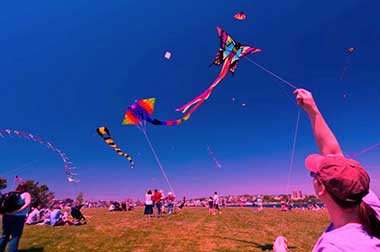‘Glorious Tour Program to Gujarat’
Experience the colours, the romance, the heritage, the acumens as well as the mystique land of all seasons-Gujarat, with us. Get ready to demystify the Gujarati aura as we have put in our best endeavours to make it an enriching, enthralling and exciting voyage by equipping you with all the relevant and adequate information and resources. Meet and experience the warmth and celebratory spirit of the people of Gujarat as well as its diversity, amicable ambience and effervescence. This glorious land is emerging as one of the most sought after tourist destinations unravelling its mysteries, relishing the history and exquisite architecture, discovering the treasures, enjoying the rich wildlife parks, colourful festivals and much more.
You will hit the infinite list of tourist destinations of Gujarat in these 16 days. One of the most vibrant states, this explorative tour of Gujarat will be definitely one of the favourite chapters of your travel diaries! You will get to visit Ahmedabad, a part of the almighty isthmus of Saurashtra and the Sabarmati Ashram. Moving ahead, adore an elephant or jeep safari at Gir and other lively experiences packed with amusing surprises – endowed with forests and deserts, hills and plains, sea and lakes, tribal hinterlands and some other fascinating spots.
Tour Programme This 16 day tour is spread across Mumbai, Ahmedabad, Dasada, Bhuj, Gondal, SasanGir National Park, Dui and Bhavnagar, casing the quaintest milieus that tourism in Gujarat can bid.




